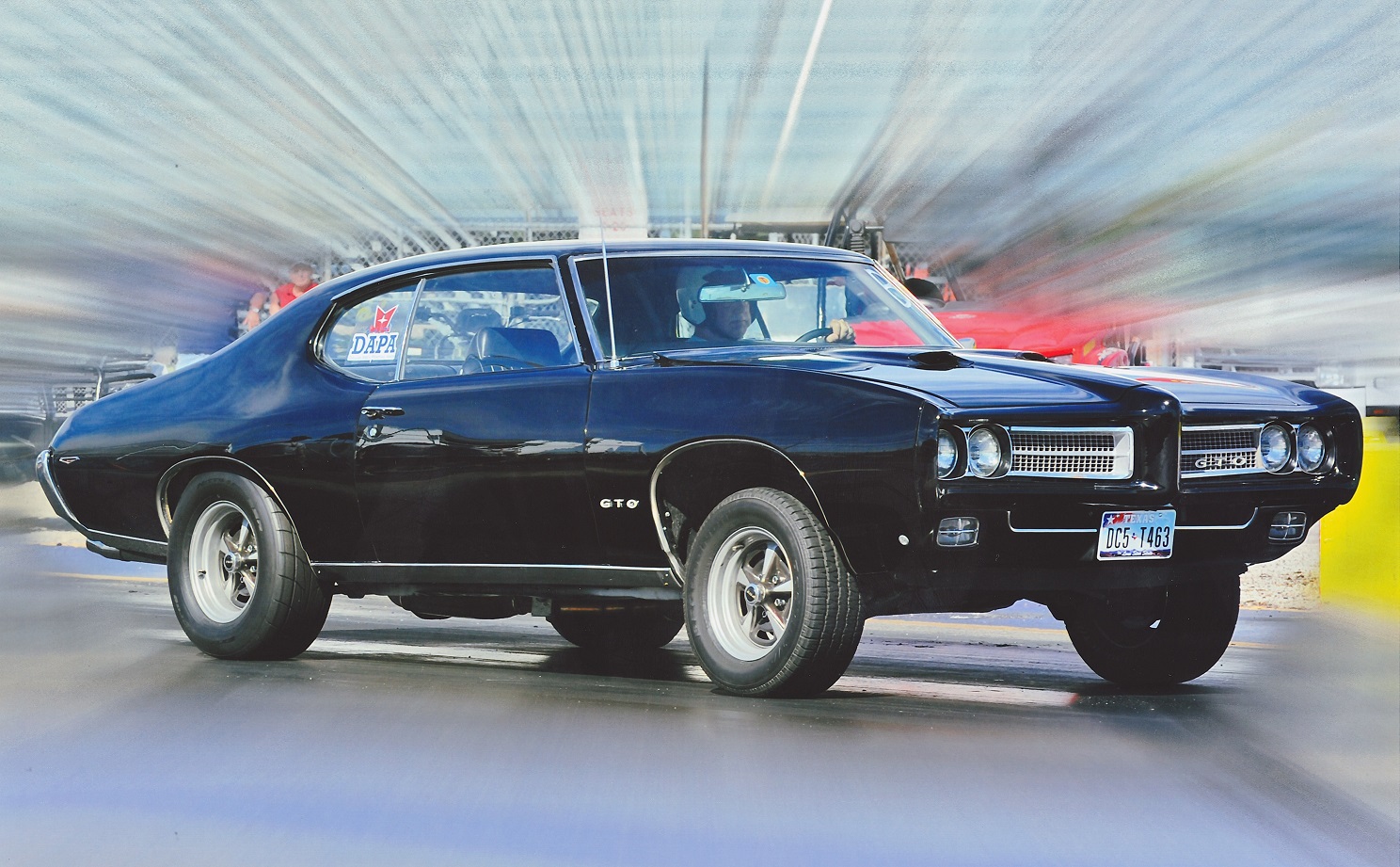Building a Strong Street Machine – Part 15: Spark Plugs
- March 16th, 2010
- Posted in Jim Hand: Building A Strong Street Machine . Technical Articles
- By D.A.P.A
- Write comment
Some of the technical information we read in car magazines is correct, but occasionally a real boner is printed. Recently, one of the better known magazines published tips for making our Pontiacs run better. One of the tips was to install colder heat range spark plugs for a substantial performance gain. While replacing defective of incorrect plugs with new ones of any heat range might well help performance, using colder plugs as compared to the correct heat range will not increase performance.
The following information is based on data from the Autolite Division and Pontiac shop manuals.
“Heat range” is the measure of how fast the spark plug tip dissipates combustion heat. It must do this in a controlled manner that will allow the tip to:
1. Stay cool enough to avoid pre-ignition and/or electrode destruction.
2. Run hot enough to burn off combustion deposits that would otherwise collect at the firing tip.
3. Adapt to specific engine characteristics and widely varying driving/load conditions.
Heat is conducted away from the firing tip through the insulator to the spark plug shell and then to the cylinder head. Thus, heat ranges are primarily controlled by the length of the plug insulator.
Additionally, the depth to which the tip extends into the chamber will effect the heat range – the further it extends, the hotter the tip becomes.
What does the heat range control in teens of performance? The heat range only affects the condition of the spark plug tips during and after engine operation. If the tip gets too hot, it will wear/erode quicker than normal. The indications will include white colored insulator (rather than a normal tan color), and/or actual erosion, melting, or abnormal wear of the electrodes. If the heat range is much too high, the tips could get so hot that pre-ignition could occur. However, if the tips have normal gaps and pre-ignition does not occur, the engine will run absolutely fine even though the range may be too hot. If the tip is too cold, due to a cold heat range, the insulator and tip will become black, sooty, and/or fouled. The engine will idle rough and will probably miss under load. Note: The plugs should be checked for color/condition only after driving at highway speeds for at least 5 miles, and before the engine has been restarted after the highway driving. Also, cold heat range plugs will almost always make the engine idle rougher even though the plugs may look OK.
So why did Pontiac specify colder plugs ion the “performance” engines? They assumed that the GTO’s and higher HP engines in regular cars would be driven much harder and faster than standard engines. Here are some quotes from a ’67 Pontiac Shop Manual:
Normal Service; V8 standard engines – AC R45S
GTO, 428 – AC R44S
Severe Service – AC R43S
Normal service is defined as: “A mixture of idling, slow speed, and high speed operation with some of each making up the total daily driving.” Note Pontiac’s assumption that the cars are actually being driven daily for normal transportation and not to an occasional show, cruise or once a year drag race.
Severe service is defined as: “Sustained periods of high-speed operation or under extremely heavy loads.” A good example of severe driving would be pulling a fully loaded trailer or camper at interstate highway speeds for 8-10 hours.
In general, we simply do not drive our Pontiac V8’s hard enough to warrant colder plugs, and many will actually benefit from one or two ranges hotter than recommended by Pontiac. The following recommended plugs (or similar heat ranges from other Mfgs.) work well in my wagon and I believe it has probably seen a greater variety on plug types/ heat ranges, and hard driving, than most ‘performance” vehicles.
1971 and older heads – AC45S
1972 and newer heads – AC R45TS
Trick or gadget plugs such as forked tails, multiple electrodes, platinum wire electrodes, etc., will not make your engine run better or get better mileage. The beautiful shot of the “Splitfire” plug with a rain of electrons streaming from electrode to electrode is an absolute work of art of trick photography, but assured that if you hook one up to your ignition wire, the spark will look identical to that of an ordinary plug. The platinum tips will last a bit longer, but how many of us have worn out spark plugs on our V8 Pontiacs in the past 10 years? Heat range has absolutely no bearing on the actual sparking operation of the plug, but it has everything to do with keeping the plug tips clean to enable normal plug operation.

